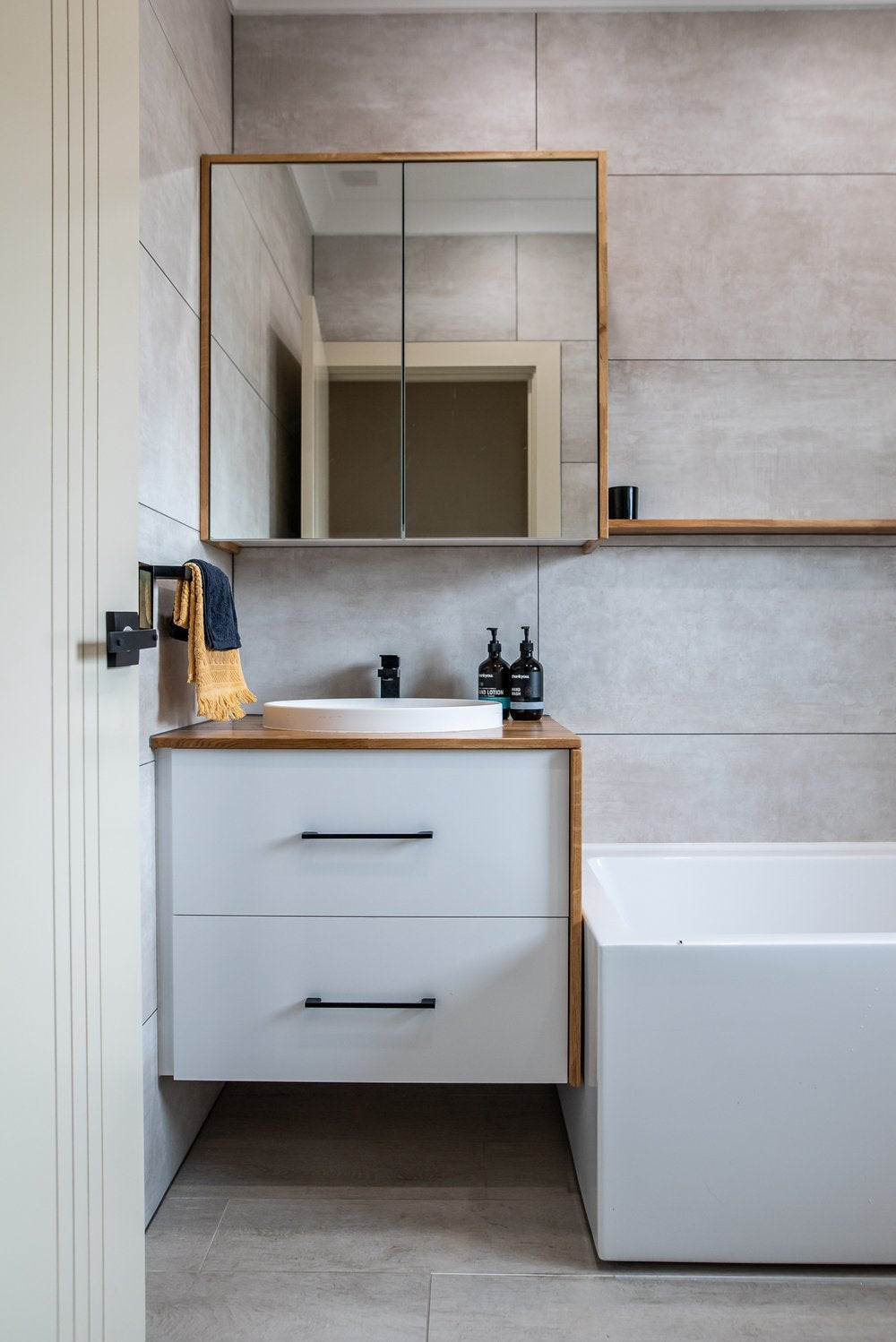
Building Regulations
The Building Code Australia (BCA) Performance Requirement for Wet Areas (Part 2.4.1), states…
”To protect the structure of the building and to maintain the amenity of the occupants, water must be prevented from penetrating:
behind fittings and linings
into concealed spaces, of sanitary facilities, bathrooms, laundries and the like.”
Bathrooms - the devil is in the detail
Questions regarding waterproofing of interior wet areas are one of the most common topics of enquiry received by the Housing Industry Association. Everyone in the industry has heard horror stories about leaking showers or bathroom areas, and defects related to waterproofing are high on the list of findings from Building Commissioner in in every state of Australia.
This article provides an overview of the provisions regarding internal wet area waterproofing within the National Construction Code (NCC), the relevant Australian Standard, and seeks to answer some of the most frequently asked questions related to bathrooms.
The National Construction Code Waterproofing Provisions are mandatory in NSW, Victoria and Queensland.
What is a wet area?
The National Construction Code NCC defines a wet area to include bathrooms, showers, laundries and sanitary compartments in all classes of building. It specifically excludes kitchens, bar areas, kitchenettes and domestic food and beverage preparation areas from the definition, so the wet area waterproofing requirements do not apply to these areas.

National Construction Code Waterproofing Provisions
The wet area Performance Requirements of the NCC (FP1.7 and P2.4.1 respectively), covering all classes of building, require that water must be prevented from penetrating behind fittings and linings or into concealed spaces.
Functionally, buildings must be constructed to avoid dampness or overflow from wet areas creating unhealthy or dangerous conditions, or damage to building elements. This is to safeguard occupants from illness or injury, and to protect the structure of the building.
To apply the NCC Australian Standard correctly, as a minimum:
- All wall junctions and joints, wall-floor junctions and all penetrations must be waterproof in shower areas.
- The presence, location and type (enclosed or unenclosed) of shower, and whether or not it uses a hob or step-down (or used a preformed shower base) will dictate the extent of waterproofing required for the walls, floors and other horizontal surfaces in the shower area.
- The materials used for the structural floor of the wet area – timber-based flooring requires full floor waterproofing, unlike for concrete or fibre cement.The type and location of any spas or baths will dictate what waterproofing is required in their vicinity – inset baths and spas require more waterproofing of the wall and wall junctions than freestanding baths (which require water resistance), but don’t require waterproofing of the floor underneath. Waterproofing of the floor beneath a freestanding bath depends on the flooring material used as noted above.
Standards requirements
The NCC sets the requirements for when and what elements must be provided with waterproofing protection but does not provide the specific detail of how to provide the waterproofing to those elements.
Australian Standard AS 3740 – Waterproofing of domestic wet areas contains the detailed construction and material requirements for the waterproofing of wet areas. It also defines materials considered waterproof vs water resistant, as well as providing specific details for waterproofing around penetrations and junctions. Familiarity with the standard is a must for anyone installing or supervising/ inspecting waterproofing of wet areas.
Close attention must be paid to the presence and correct installation of water stops, puddle flanges, hobs (where specified), and fillets or bond-breakers.
